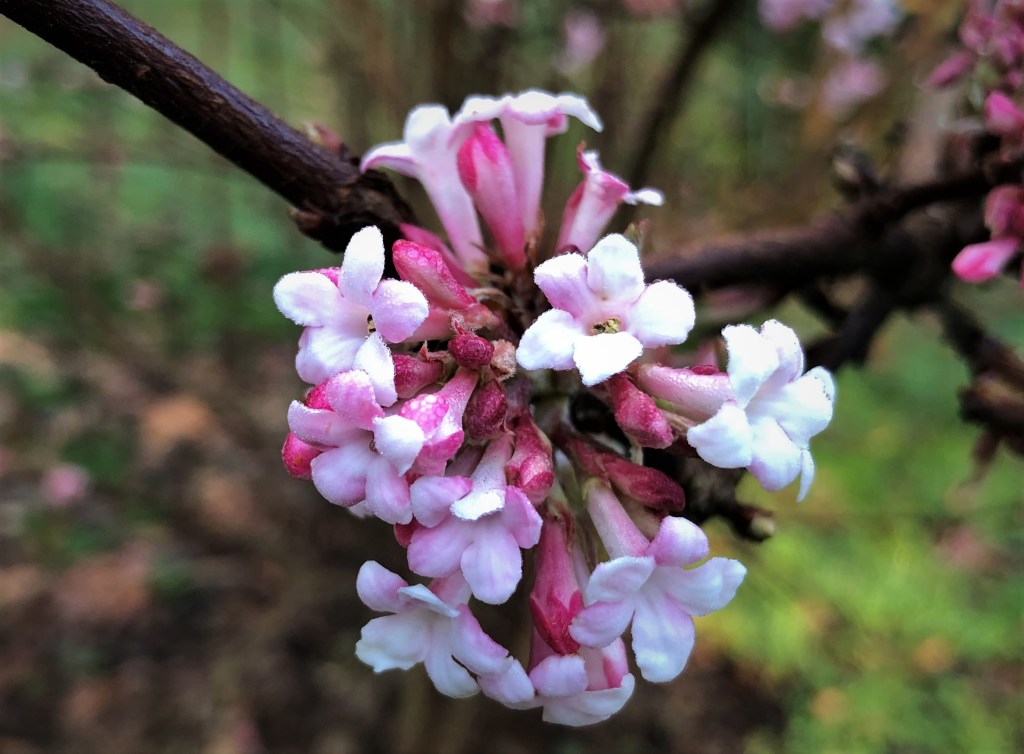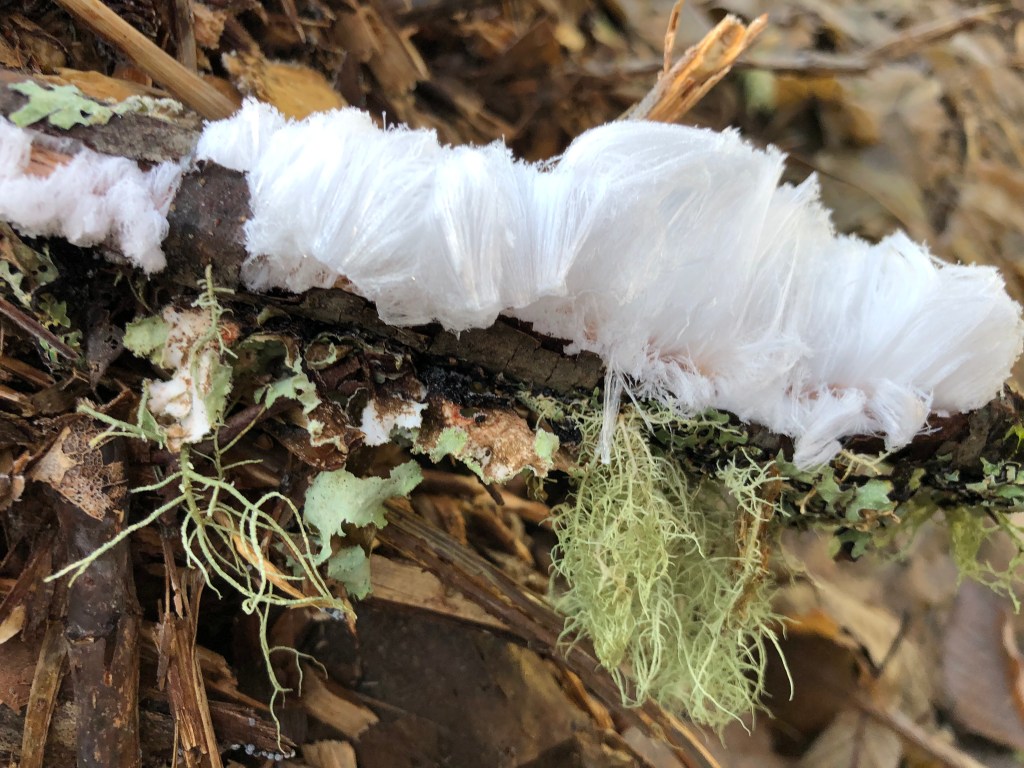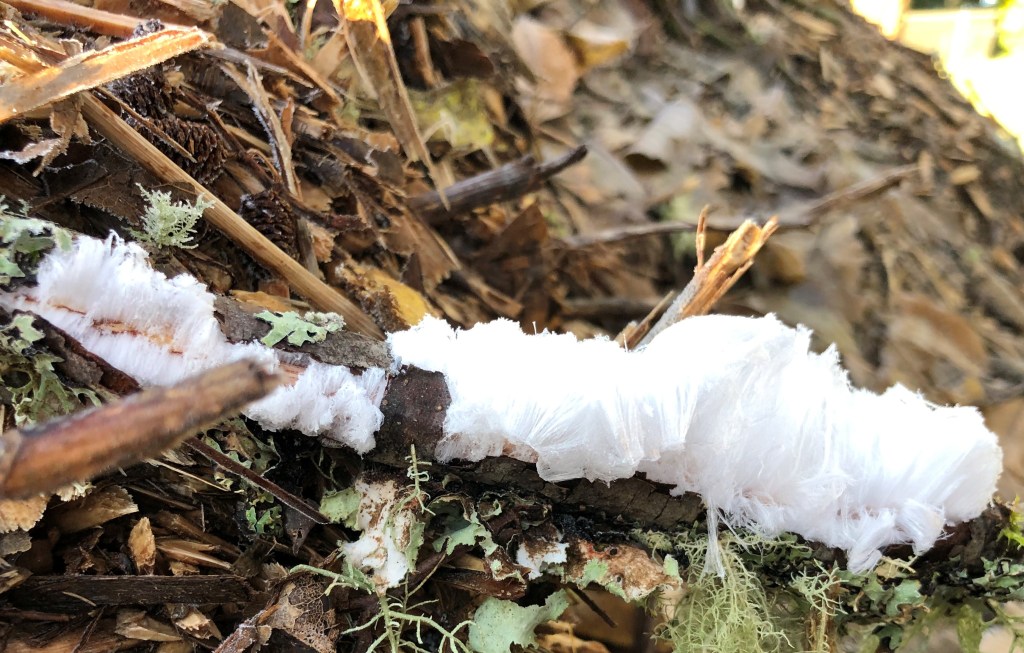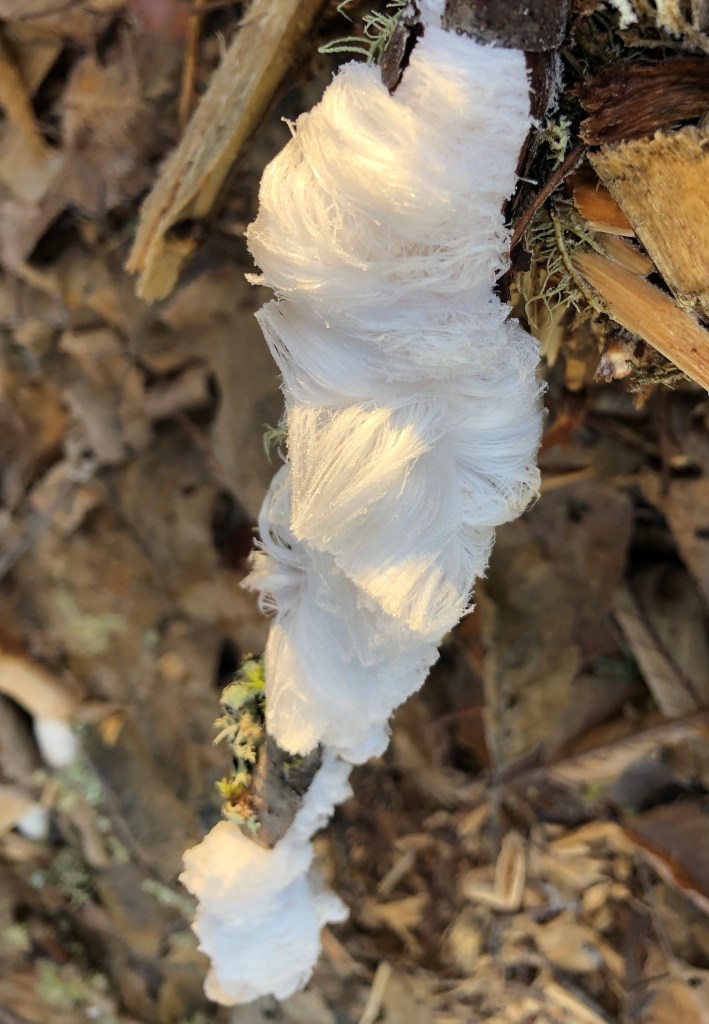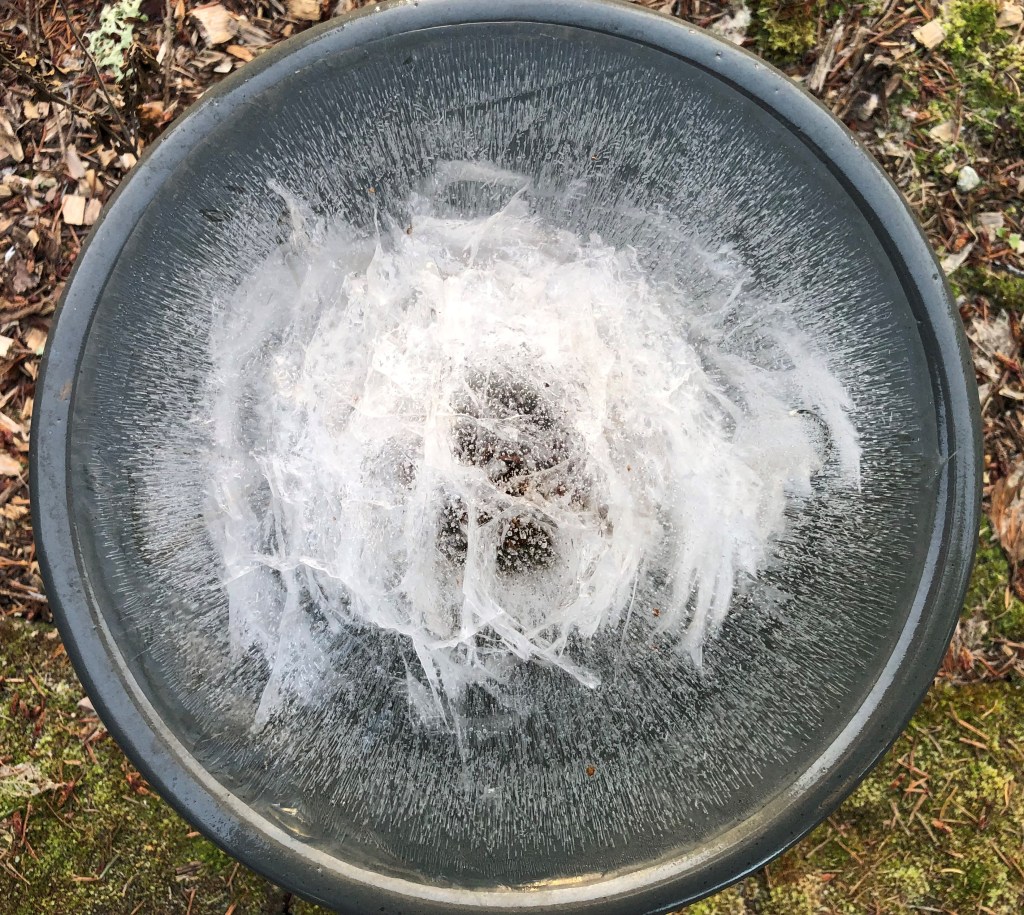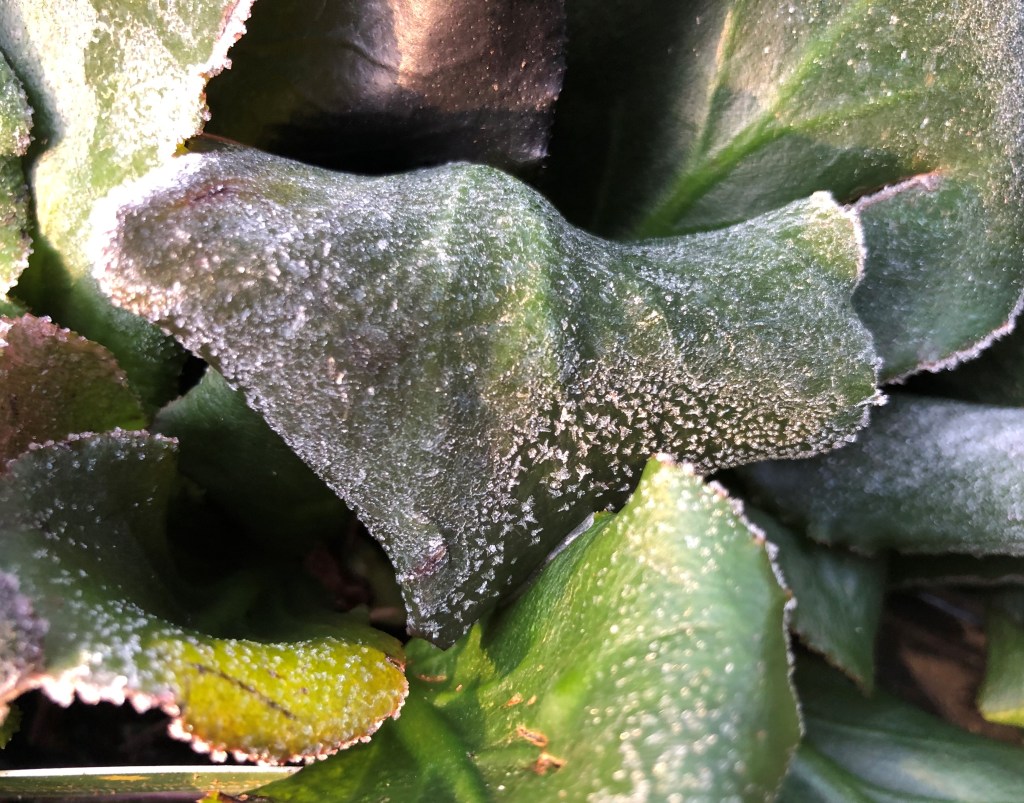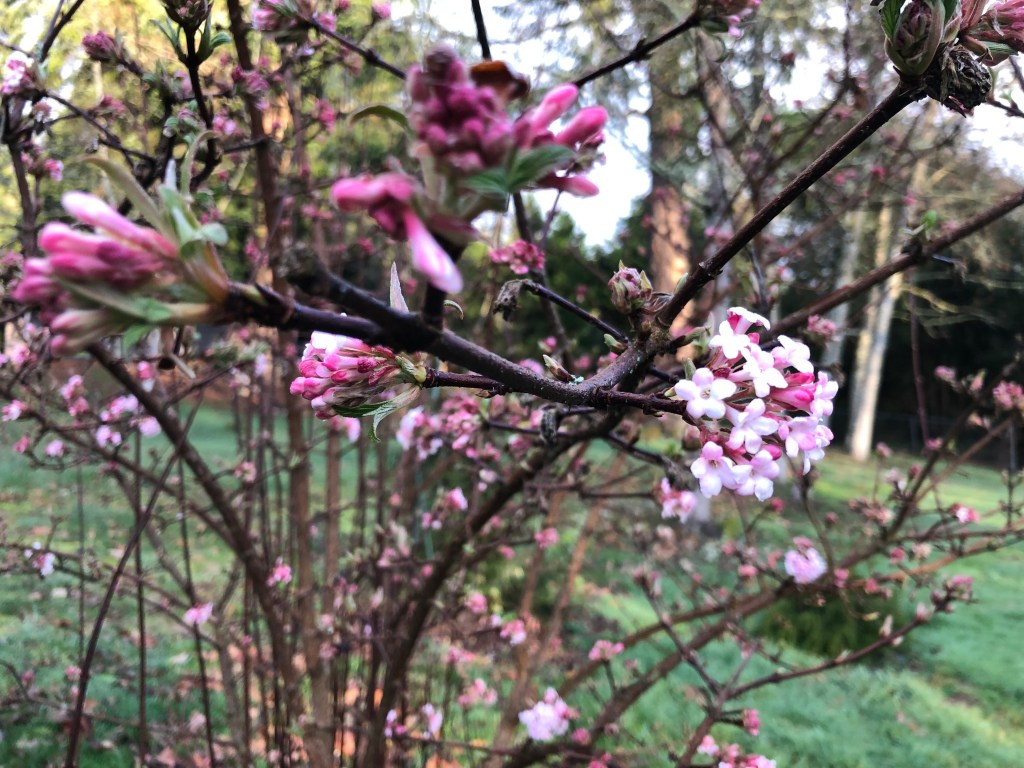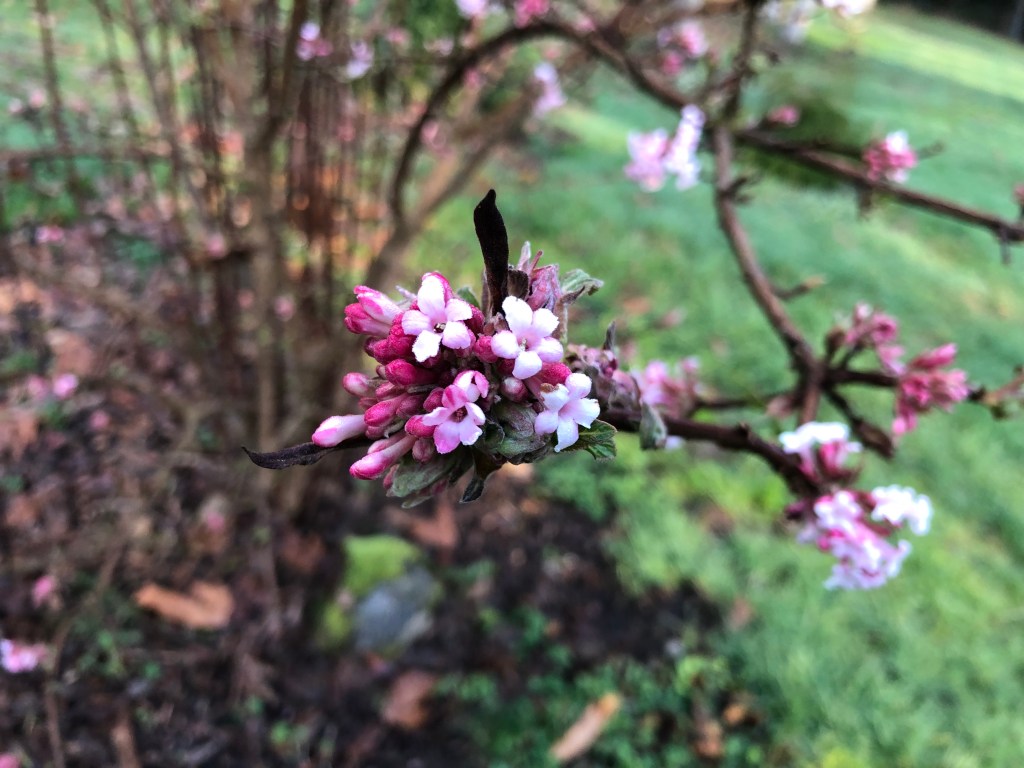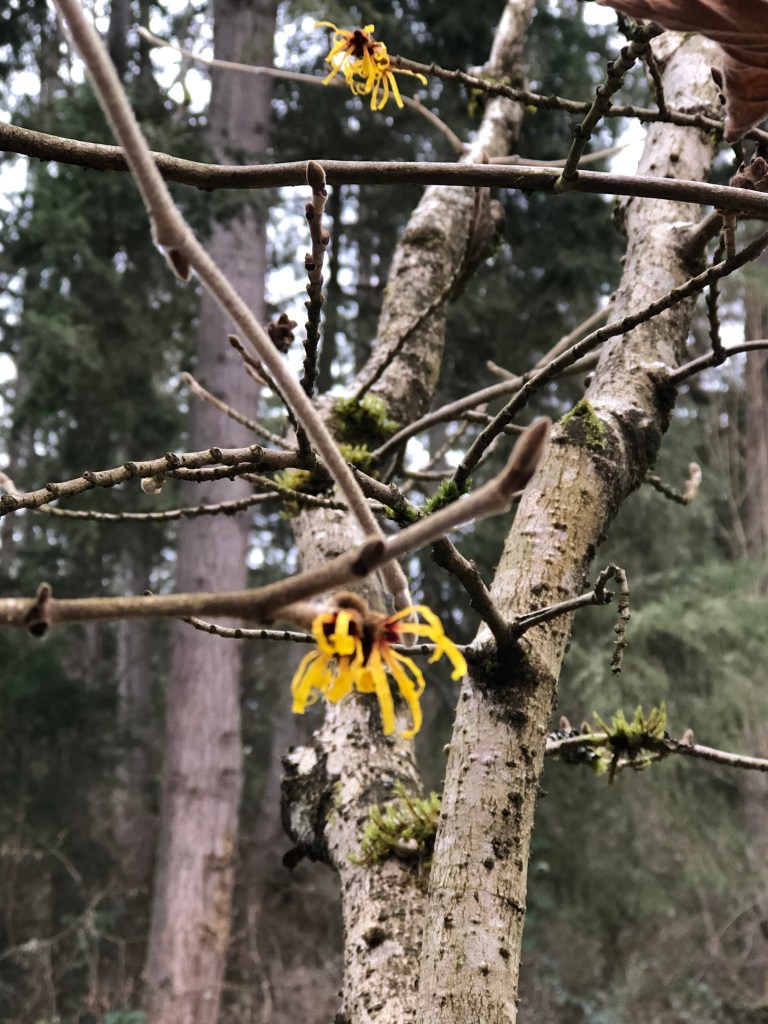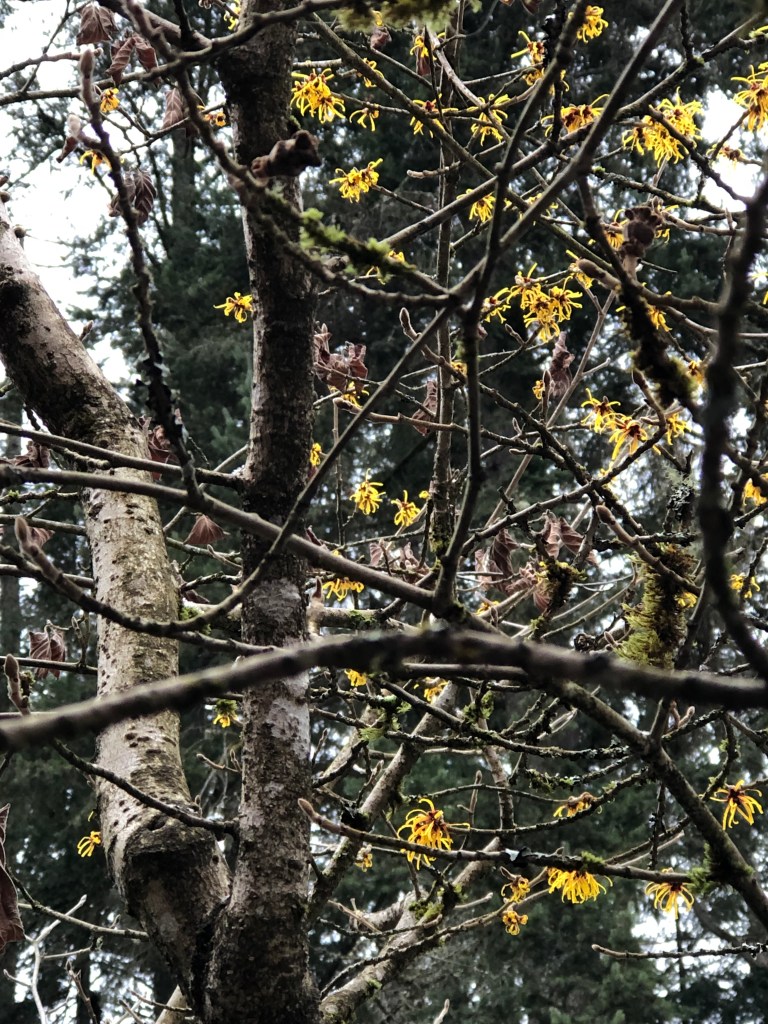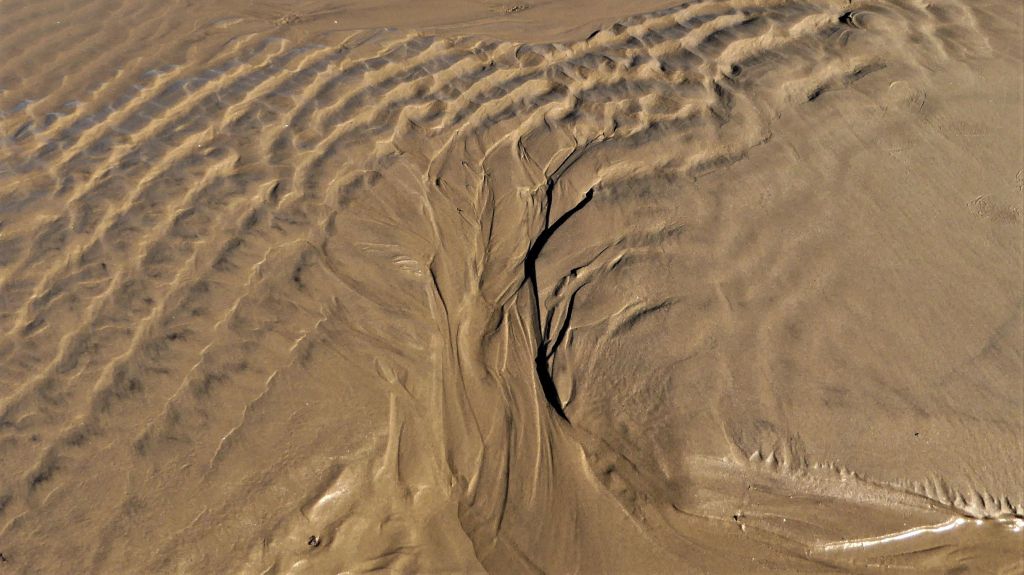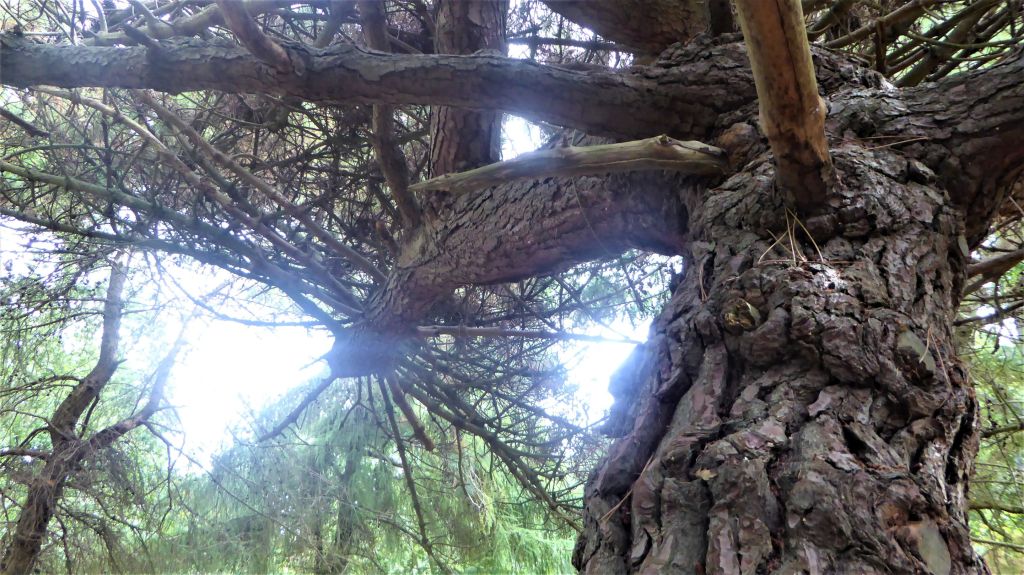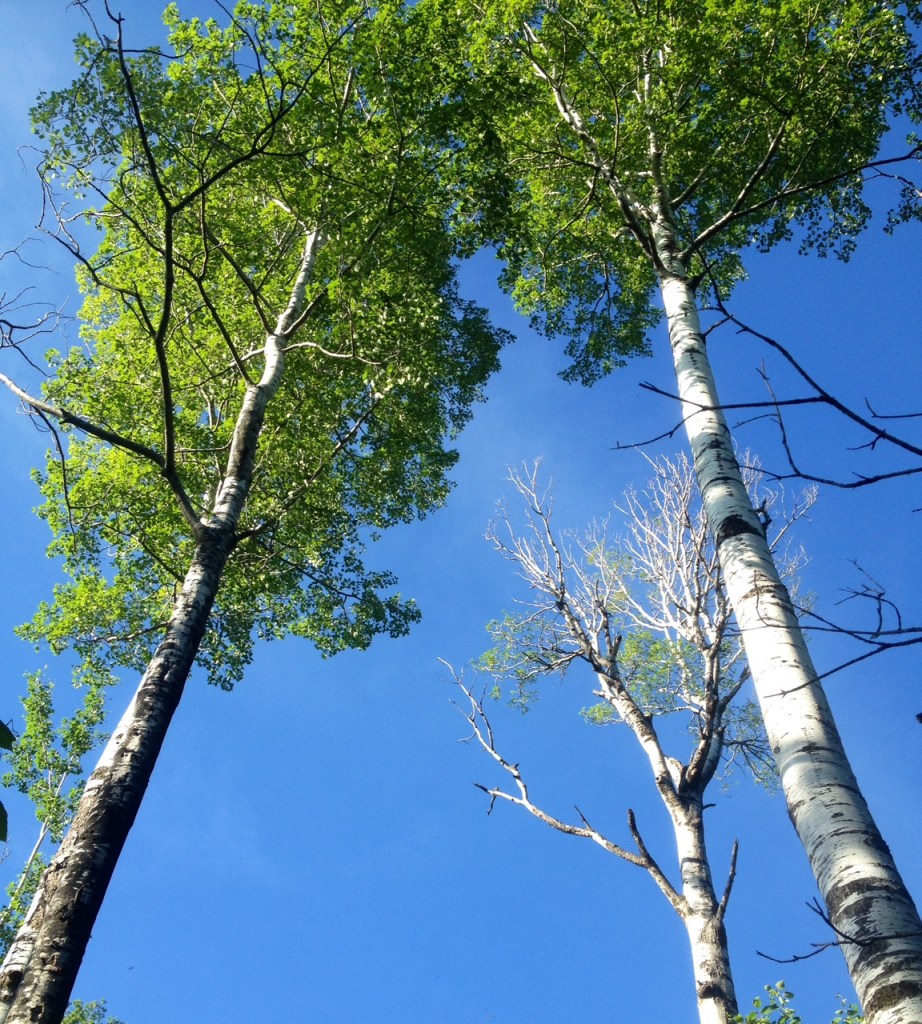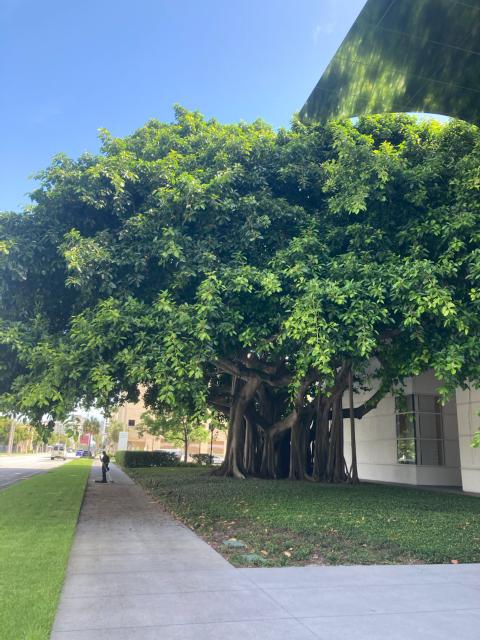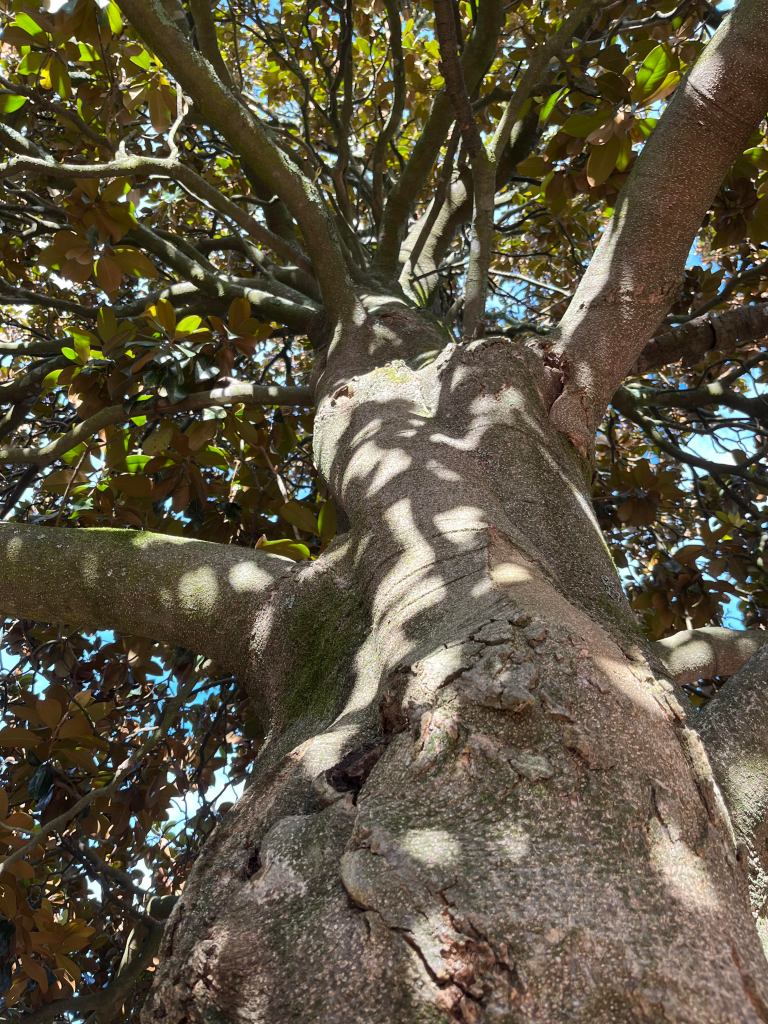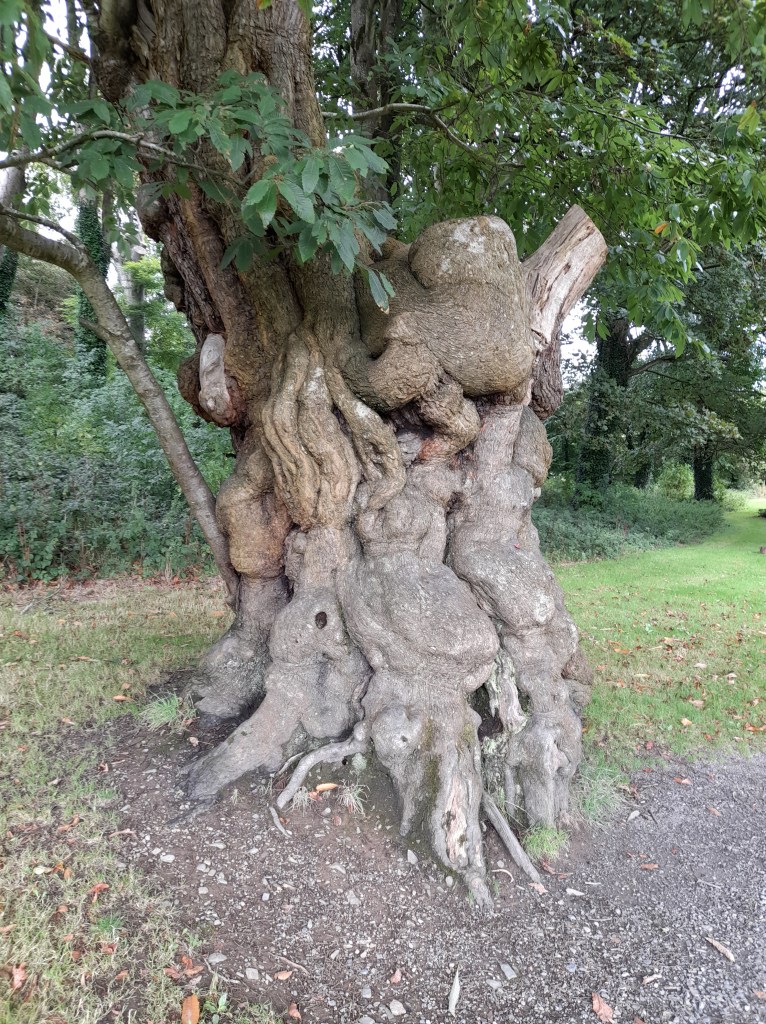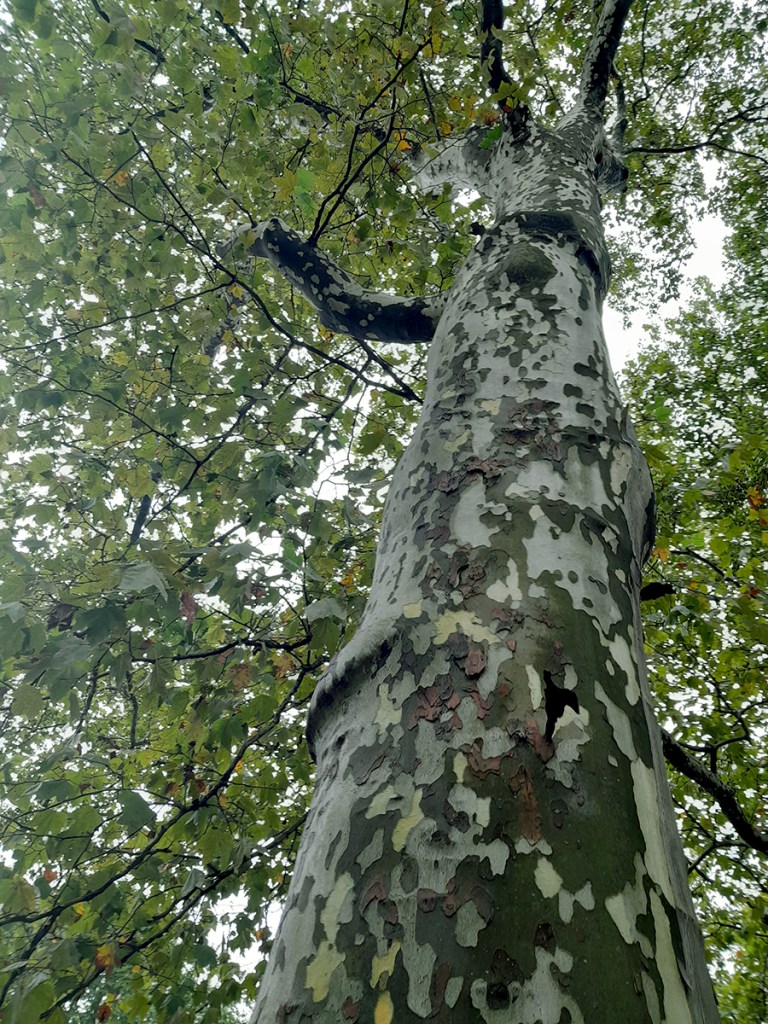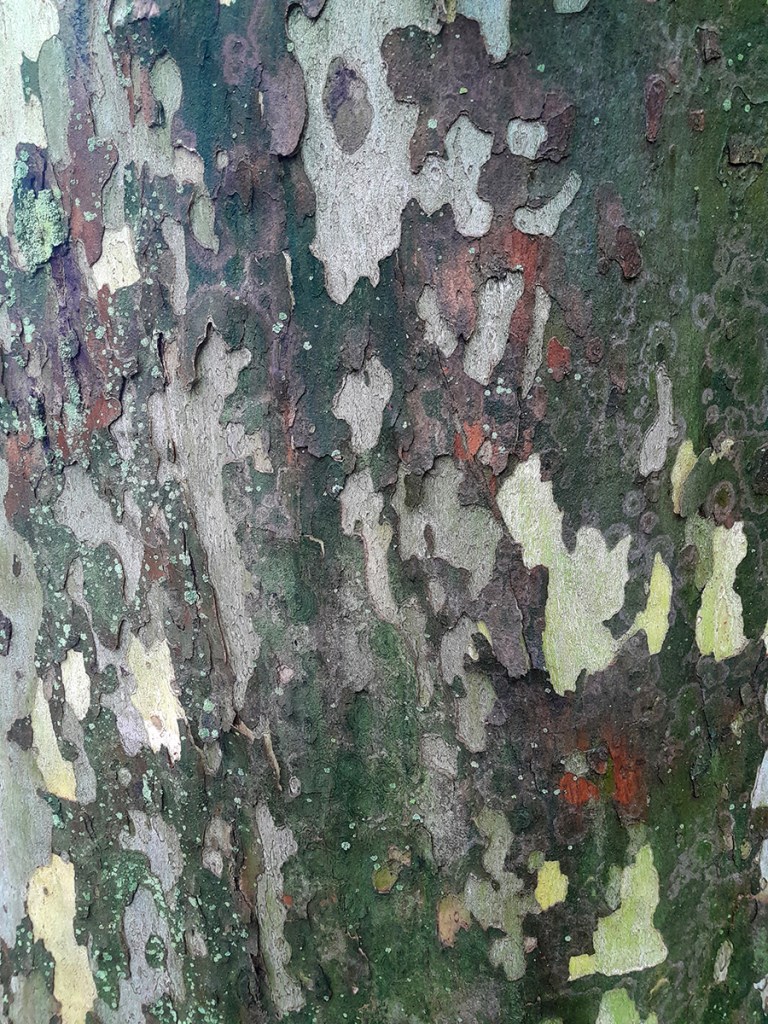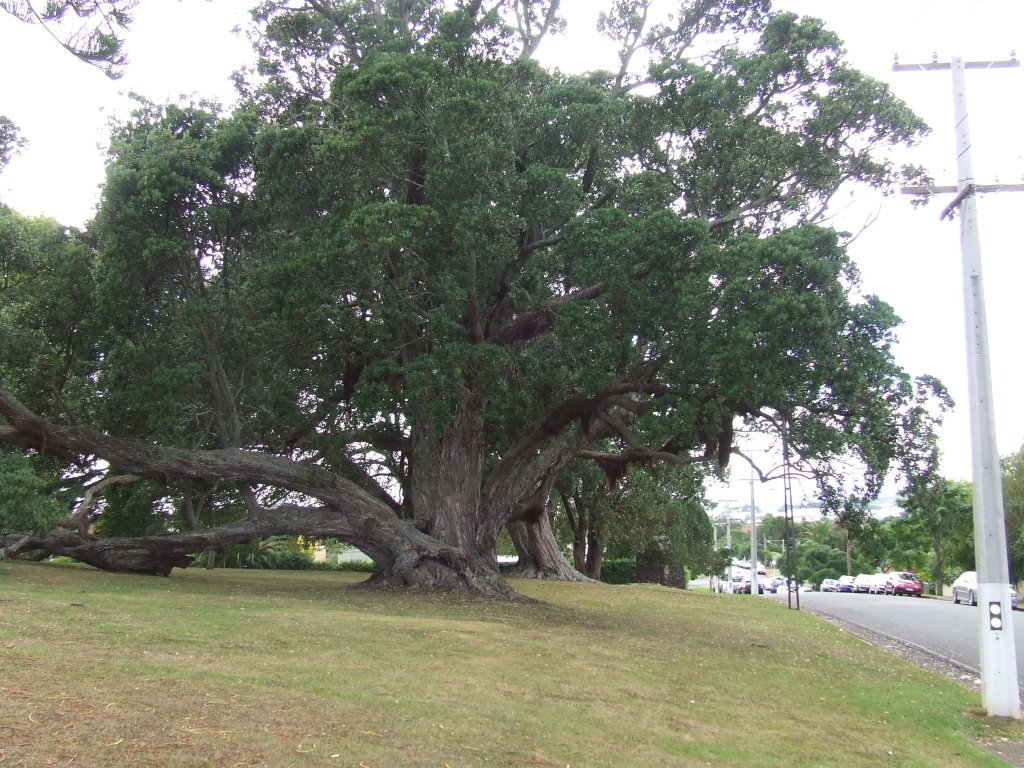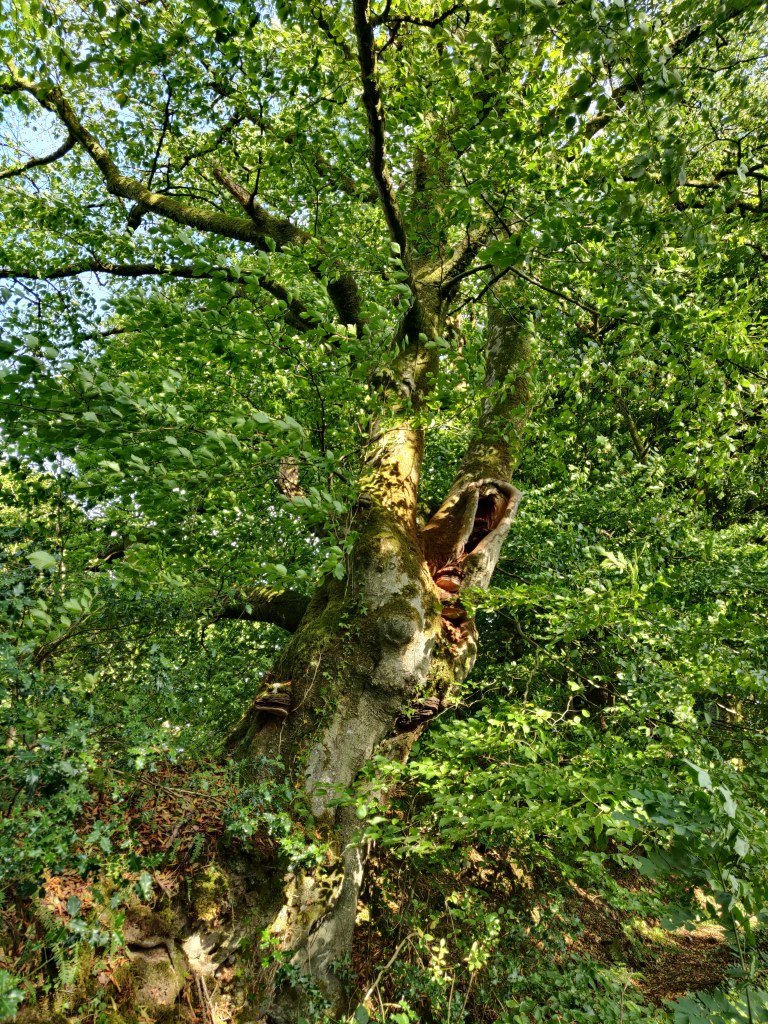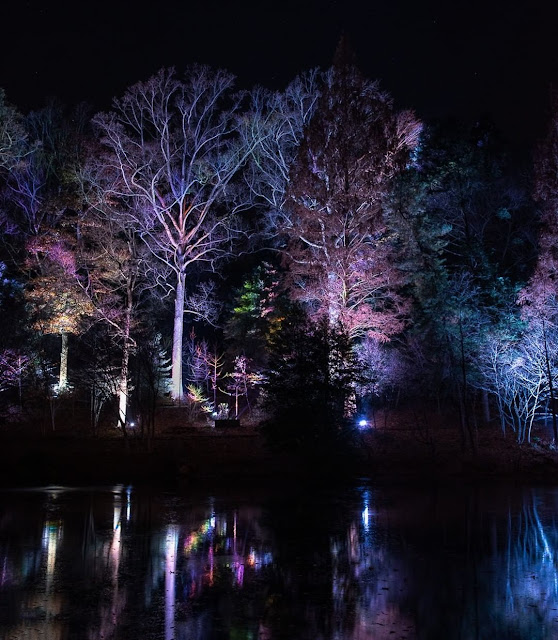
When the Elm tree forgot
Not only humans sometimes forget our purpose, why we came to be on this earth, what fruits to give, and how to flourish.
Once I heard that in a field full of trees an Elm was disoriented. It saw that next to it a fragrant and colorful cherry tree flourished, and people came to visit that tree, to smell it, and contemplate it. It felt envious of that popularity. It wanted to be like the cherry tree, but no matter how hard it tried, every spring it never managed to blossom.
It tried a lot, it exerted itself so much that without realizing it, a group of birds took flight and went to eat at the plum tree in front of it.
The birds gathered there, sang, and ate in that plum tree. What a beautiful congregation, sighed the Elm.
If I didn’t manage to blossom, I would love to bear fruit. To give something that would make many birds come to cheer me with their songs. But no matter how much it wanted, it didn’t bear fruit, and it missed the birds’ perching on its branches.
No one comes to eat because I don’t bear fruit, no one comes to smell me because I don’t give flowers, the Elm lamented in the seasons.
Perhaps I should be lighter, to be able to climb between walls and windows and thus decorate the houses and gardens inhabited by humans. It then stopped absorbing water, tried to hide from the sun so as not to become stronger. Languidly it wanted to penetrate between the walls, but no matter how hard it tried, it almost lost its roots, as it no longer had leaves or strength. In that convalescent state, it could feel the presence of an owl. A wise and sincere bird, who does not lose flight over trivial matters. “What has happened to you, strong and solid Elm?
Where I always come to find refuge. Where the weary come to find serenity under your shade on hot days, where the birds come to rest after a long flight, where lovers come to be inspired. Where children lose their fear of climbing high.
You are an Elm tree, you won’t bloom like the cherry tree, nor bear fruit like the plum tree, nor climb like the vines; you have come to provide shade, shelter, and strength, because each one comes to offer what one intentionally likes to be.
Inspired by a story told on the psi.mammoliti podcast.

